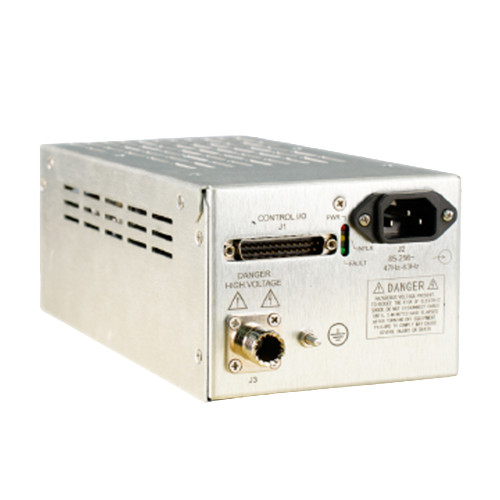Application and Development Trends of Solid-State Detector High-Voltage Power Supplies
Solid-state detectors are indispensable core devices in modern photoelectric measurement systems. Their sensing and signal conversion processes require the support of high-voltage bias power supplies. With the advancement of technology, the improved performance of solid-state detectors poses higher requirements on high-voltage power supplies. The application and development trends of solid-state detector high-voltage power supplies are one of the hot technologies in the field of photoelectric measurement.
I. Working Principle of Solid-State Detectors
Solid-state detectors convert optical signals into electrical signals through internal photoelectric effects. Typical devices include CCDs, CMOS image sensors, etc. These devices require the application of tens to hundreds of volts of bias voltage to form the internal electric fields or barriers needed. Therefore, high-voltage power supplies are essential for the normal operation of solid-state detectors.
II. Functions of Solid-State Detector High-Voltage Power Supplies
Solid-state detectors have high requirements on the stability, low noise, and high precision of high-voltage bias power supplies. The high-voltage power supply directly determines the key performance indicators of solid-state detectors such as sensitivity and signal-to-noise ratio. Therefore, solid-state detector high-voltage power supplies must provide precise controllable DC high-voltage outputs.
III. Main Performance Indicators of Solid-State Detector High-Voltage Power Supplies
1. Output voltage range: From tens to hundreds of volts, matching the needs of different types of detectors.
2. Voltage accuracy: Needs to reach ±0.1% or better to ensure high accuracy of detector bias voltage.
3. Stability: Output voltage fluctuation needs to be controlled within tens of microvolts to ensure long-term stable output.
4. Low noise: Noise voltage needs to be less than 1 microvolt to avoid affecting detector signal quality.
5. Multi-channel outputs: A single high-voltage power supply needs to provide multi-channel independently controlled high-voltage outputs.
6. Safety protections such as overvoltage and overcurrent protection.
IV. Typical Topologies of Solid-State Detector High-Voltage Power Supplies
Currently common topologies for solid-state detector high-voltage power supplies include linear regulators, switching regulators, and buck regulators. Linear regulators can provide extremely low noise output, switching regulators can meet high power requirements, and buck regulators have the advantages of scalability and low cost.
V. Development Trends of Solid-State Detector High-Voltage Power Supplies
1. Increase power density and miniaturization of devices. Adopt advanced devices, thermal PCBs, and optimized topologies.
2. Intelligent digital control. Use microcontrollers and digital signal processing to improve control capabilities.
3. Provide integrated multifunctional solutions. Integrate power management, temperature control, interfaces and other functions.
4. Communication remote control and monitoring. Enable human-computer interaction and remote intelligent control.
5. Improve safety and reliability. Improve power protection and environmental adaptability.
The advancement of solid-state detectors poses higher requirements on high-voltage power supplies. Developing high-performance, highly integrated special high-voltage power supplies for solid-state detectors is the core research direction in this field.




















